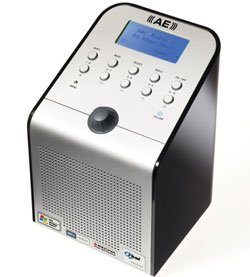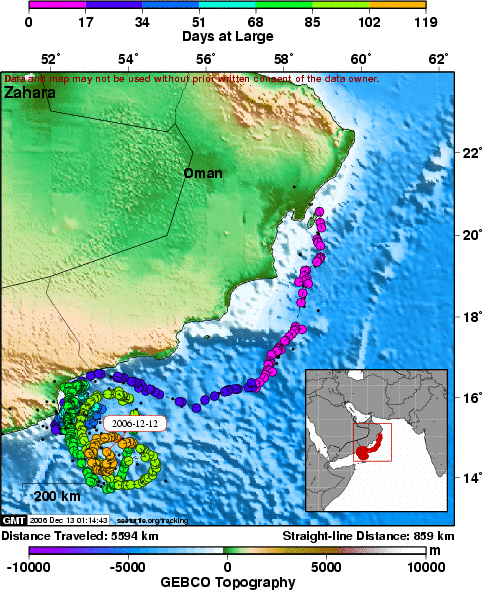Internet Radio
 First up, the Wifi Internet Radio, by Acoustic Energy. It's retailing around the £160-170 mark, offering streaming in a range of formats (Real Media, MP3, WMA & AAC). It provides the ability to connect to open and WEP encrypted wireless networks, independant of a PC.
First up, the Wifi Internet Radio, by Acoustic Energy. It's retailing around the £160-170 mark, offering streaming in a range of formats (Real Media, MP3, WMA & AAC). It provides the ability to connect to open and WEP encrypted wireless networks, independant of a PC. Available from: Overclockers,Superfi,Amazon,Dabs £148 ex del
Next up is the BT offering, the BT Internet Radio retailing around the £150 mark. Again, it claims to handle WEP and WPA encryption, and supports Real Audio, and media player formats (Real audio, WMA, MP3, AAC, AIFF & WAV). Cheapest place to buy I can find is direct from BT, so use the link above.
Then we have The Imp retailing around £150. It supports Real Audio, Windows Media, Mp3 and AAC, and WEP security (Not sure about WPA). There is also a related product which plugs into your home audio system, enabling you to stream internet and audio wirelessly to these devices (£99).
There are also offerings from a few other makes, though they do not seem as popular.
For instance:
- Logik IR100 - bit ugly looking but priced around £100
- Squeezebox Wireless Network Music Player - Very cool, but pricy (£210)
- Bush Internet Radio - around £120 from Argos.
Labels: internet radio, wifi radio



